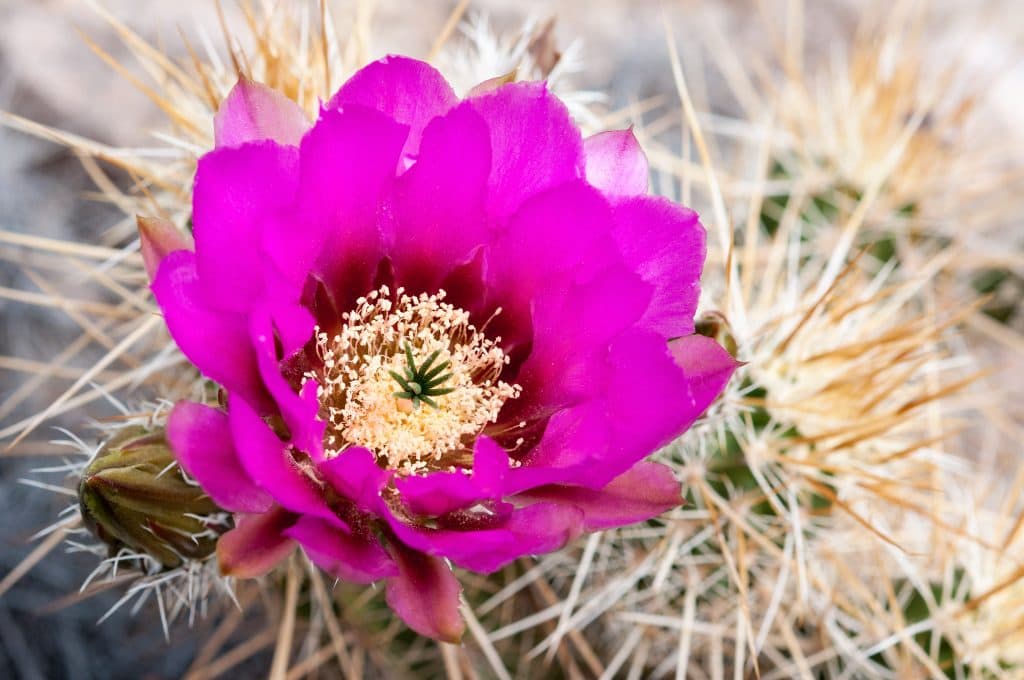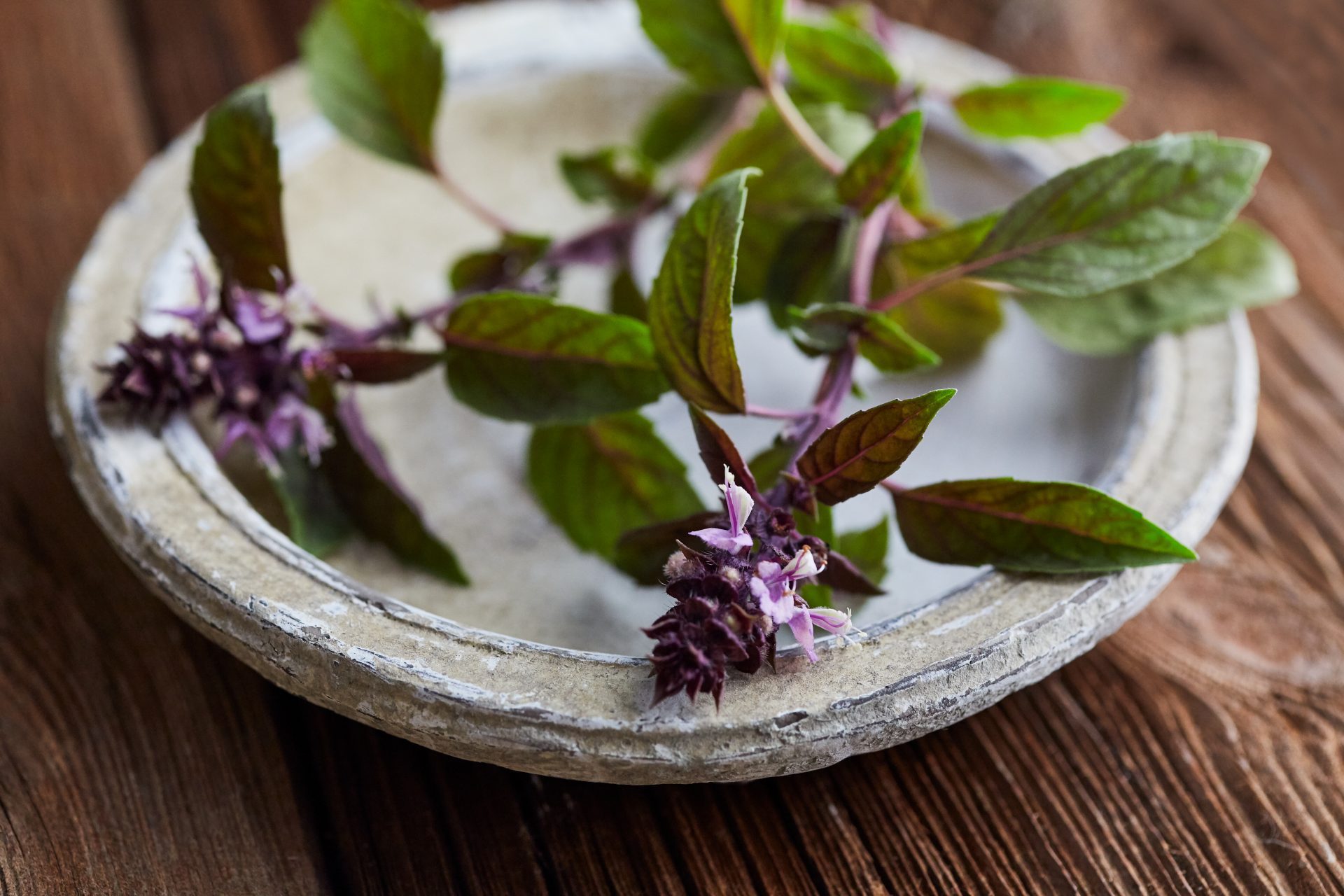Loving Kindness Meditation
As a meditation practice, Loving-Kindness can systematically help us to forgive hurts from the past, feel compassion for others, and deepen our level of acceptance for situations beyond our control. Loving-Kindness focuses on four key qualities of love: friendliness, compassion, joy, and calmness. When practiced over time, the meditation expands our focus beyond ourselves and reaches out to extend blessings to those we know and love, those we know and don’t love, total strangers, and the world of plants and animals.
The practice begins with extending love and acceptance to yourself. Do you find that surprising? As long as you feel unworthiness or guilt, it’s impossible to truly be present for others, so begin by visualizing yourself as if you were a close friend and repeating whatever phrase feels natural to you. It might simply be the words “loving-kindness,” or you might say, “May you have peace. May you have health. May you have joy.” You don’t have to say the words aloud unless you want to. From there, let your mind move to someone you love: a spouse or partner, a family member, a friend. Visualize them in as much detail as you can. Reflect on why you love them, the wonderful qualities they bring to your relationship, and then send them the same verbal blessing you sent to yourself in the paragraph above.
Next, expand the circle of your awareness. Bring to mind someone you don’t know as well but whom you have positive feelings about: a neighbor or coworker, a teacher who was helpful to you in the past, or perhaps simply the first face that pops to mind. Repeat the process, wishing this acquaintance peace, health, and joy. Now it gets a little tricky. Consider someone for whom you don’t hold positive feelings. It might be someone you actually know whom you’ve had conflict with sometime in the past, or perhaps a relative or lover who has hurt you deeply. It might be a politician or public figure whose positions differ from your own. Repeat the process, sending the person loving-kindness as well.
If you struggle at this point, simply skip this step. Loving-Kindness is not about forcing feelings you can’t easily access or pretending to be Mother Teresa when you’re actually seething inside. You can try blessing this person in later meditations and may feel more accepting then. Loving-Kindness is a practice like any other and changes over time. Finally, send out blessings with a more global scope.
You might imagine the peoples of other nations, your ancestors, grandchildren yet to be born, the animal kingdom, or the world of plants. Expand your awareness as widely as you wish, notice where it settles without judgment, and then send your message of loving-kindness.
Some people find Loving-Kindness an easy type of meditative practice, since it gives them definite phrases or words to repeat, almost like a mantra, and a defined series of steps to go through. Others struggle with it—if they visualize their sister, for example, they may begin to think about what they should get her for her next birthday and become swept up in planning and thinking rather than the meditation. But, as in any other meditation, Loving-Kindness does tend to evolve in practice, so even if you don’t automatically access feelings of forgiveness or compassion, don’t despair. Try it again at a later date. Over time, many people have found that this systematic blessing of others has become a central part of their spiritual practice.



















